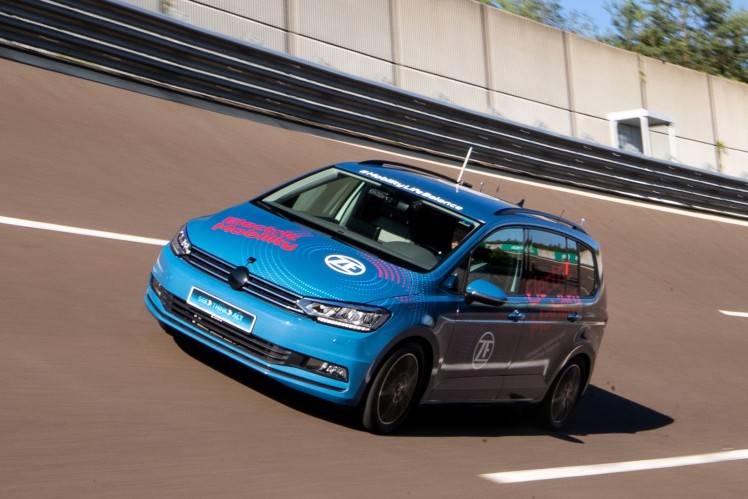Voltage up, charging times down
Voltage up, charging times down
Physically, the answer is simple. Faster charging means that more power is fed into the battery in the same amount of time. However, stronger currents entail more heat, which requires thicker cables and more complex cooling systems. If manufacturers want to avoid this additional effort, they have to tackle the voltage of the drive system. The higher the voltage, the more current the vehicle battery can pick up. 400-volt architectures are the current standard for electric cars. In the premium segment in particular, more and more manufacturers are using 800-volt systems, though. The simple reason: With this drive voltage, the charging time is reduced to an average of about 10 minutes per 100 kilometers range. At the same time, there is an increase in the peak performance of electric drives – an additional advantage for sporty electric vehicles.

Three important advantages of power electronics with silicon carbide.






